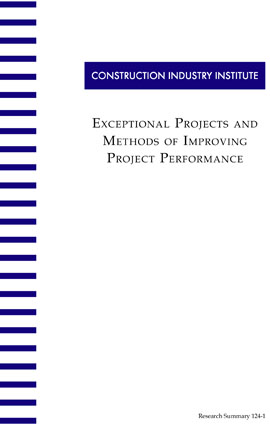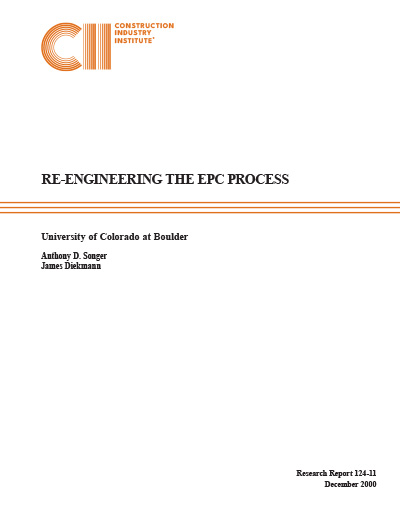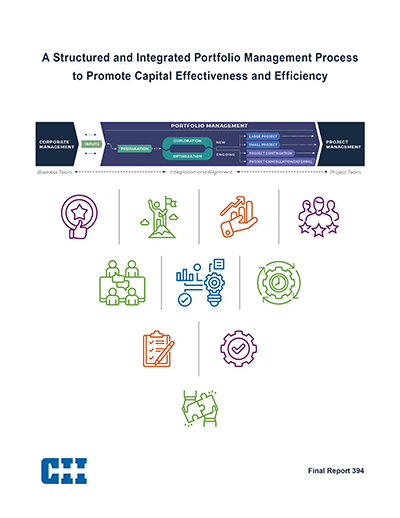
Exceptional Projects and Methods of Improving Project Performance
CII formed the Re-Engineering the Engineer-Procure-Construct (EPC) Process Research Team to investigate the re-engineering process identified by Hammer and Champy in their book, Re-Engineering the Organization. The purpose of the investigation was to determine if such a process could be applied to the construction industry, especially that segment of the industry that deals with EPC projects.
At its initial meetings, the research team had intensive discussions that resulted in the realization that to re-engineer the entire EPC process was insurmountable as well as unrealistic. Company work processes were too divergent to expect unanimous implementation of a “new” re-engineered EPC process model.
The research team struck upon the idea that in many cases, individual projects were executed with extraordinary results in terms of schedule. The research team then set out on a course to investigate these extraordinary projects to determine what made them different from traditional projects of the same scope and complexity. Although this research summary does not provide a re-engineered EPC process, it does provide compelling evidence that fundamental changes can occur with dramatic results. It also delivers guidance for organizational re-engineering efforts.
While no single change was identified as a sole cause of reduction in schedule, these four categories had discernable impacts on project schedule. These top four change categories represent 70% of the schedule reduction the exceptional case study projects. (RS124-1, p. 9)
- Delivery approach/execution plan
- Engineer’s role
- Design process
- Procurement process
Reasons for resistance to change include soft, organizational, and tangible issues. Examples of each are shown below, but the detailed list is included in the research. (RS124-1, p. 13)
- Soft Issues – natural resistance to change, comfort with the status quo
- Organizational issues – culture, empowerment
- Tangible issues – liability, credibility



